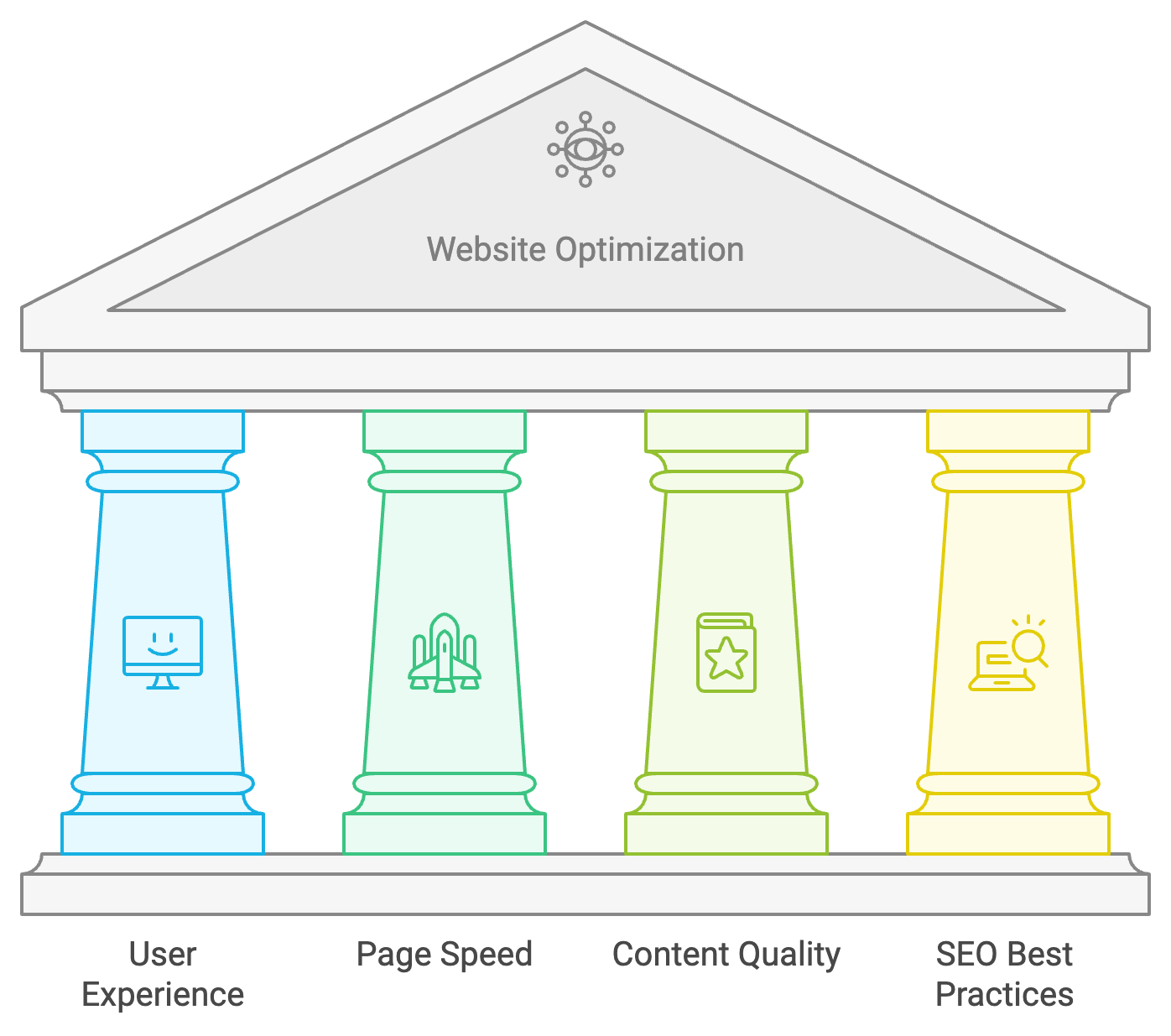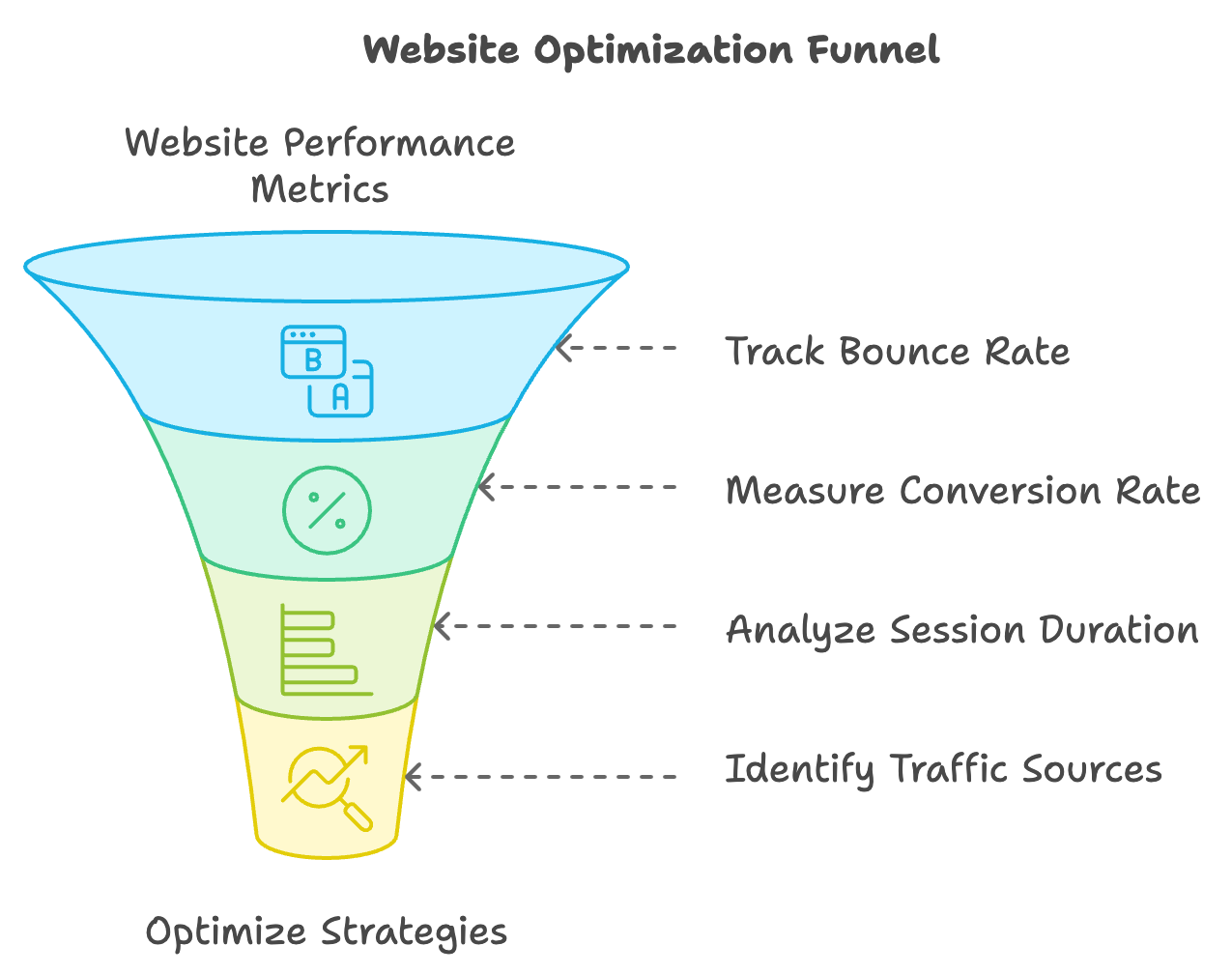Understanding Website Optimization
Website optimization refers to improving various aspects of your website to enhance user experience, increase traffic, and ultimately drive more conversions—such as leads and sales. Here are some key factors to consider:- User Experience (UX): Ensuring your website is easy to navigate and visually appealing.
- Page Speed: Minimizing loading times to prevent users from leaving your site.
- Content Quality: Providing valuable information that meets customer needs.
- SEO Best Practices: Implementing strategies to improve your website’s visibility in search engines.

Key Elements to Optimize for Higher Conversions
1. Simplify Navigation
A well-structured navigation menu helps visitors find what they need quickly. Consider the following:- Use clear category labels (e.g., New Cars, Used Cars, Services, About Us).
- Include a prominent search bar for users looking for specific models or services.
- Limit the number of menu items to avoid overwhelming visitors.
2. Mobile Responsiveness
With over 50% of web traffic coming from mobile devices, your site must be mobile-friendly. Ensure:- Images and text display correctly on smaller screens.
- Buttons are large enough for easy tapping.
- The layout adjusts seamlessly to different screen sizes.
3. Enhance Page Speed
Page speed impacts user experience and SEO rankings. According to Google, 53% of mobile users will abandon a site that takes longer than three seconds to load. To improve loading times:- Optimize images by compressing them without losing quality.
- Minimize HTTP requests by reducing extras like scripts and images.
- Leverage browser caching to store frequently accessed files.
4. Create Engaging Content
Your automotive website should provide valuable content that answers customer questions. Focus on:- High-quality images: Showcase your vehicles with professional photos.
- Detailed descriptions: Include specifications, features, and benefits for each vehicle.
- Blog posts: Share industry news, tips for car buyers, and service advice to attract visitors.
5. Implement Strong Calls-to-Action (CTAs)
Effective CTAs guide users toward taking desired actions, such as scheduling a test drive or signing up for a newsletter. Consider these tips:- Place CTAs prominently on pages (e.g., above the fold).
- Use action-oriented language (e.g., “Schedule a Test Drive,” “Get Your Trade-In Value”).
- Ensure buttons are visually distinct and easy to click.
Utilizing SEO Best Practices
Search Engine Optimization (SEO) increases your website’s visibility in search engine results, driving organic traffic. Follow these steps:- Keyword Research: Identify relevant keywords customers might use to find your vehicles and services.
- On-page SEO: Use keywords naturally in your titles, meta descriptions, headers, and content.
- Local SEO: Optimize for local searches by including your dealership’s name, address, and phone number (NAP) consistently across platforms.
Leveraging Analytics to Measure Success
To continuously improve your website, use analytics tools to track performance metrics, such as:| Metric | What to Measure |
|---|---|
| Bounce Rate | Percentage of visitors who leave after viewing only one page. |
| Conversion Rate | Percentage of visitors completing a desired action (e.g., filling out a contact form). |
| Average Session Duration | Average time visitors spend on your site. |
| Traffic Sources | Where your visitors are coming from (organic, paid, social, etc.). |

Conclusion
Optimizing your automotive website is not just about aesthetics; it’s essential for driving higher conversions and creating a better customer experience. By simplifying navigation, ensuring mobile responsiveness, enhancing page speed, creating engaging content, implementing strong CTAs, and leveraging SEO best practices, you can create a website that attracts and retains customers. Remember, continuous measurement and optimization using analytics are key to staying ahead in the competitive automotive market. For more insights and resources on digital marketing, visit WordStream.Please rate this post

With over 20 years of experience in the car business, I’ve navigated the evolution of the industry from traditional sales to the dynamic digital age. My journey through various roles in both sales and management has endowed me with a unique perspective on the challenges and opportunities in automotive sales today.
As the founder of Shawn Ryder Digital, I combine my extensive background in technology with my deep understanding of the automotive industry. This synergy allows me to craft digital marketing strategies that are not just effective but tailored to the specific needs of each dealership. My commitment is to drive your sales, enhance your brand awareness, and ensure your dealership thrives in the digital landscape.
Here at Shawn Ryder Digital, we’re not just about providing services; we’re about building partnerships. As I often say, “In the fast-paced world of digital marketing, staying ahead isn’t just an option; it’s a necessity.”
Together, let’s embrace the challenges of the digital age and turn them into opportunities for growth and success. Join me in redefining the future of automotive digital marketing. Let’s accelerate your dealership’s journey to the top.